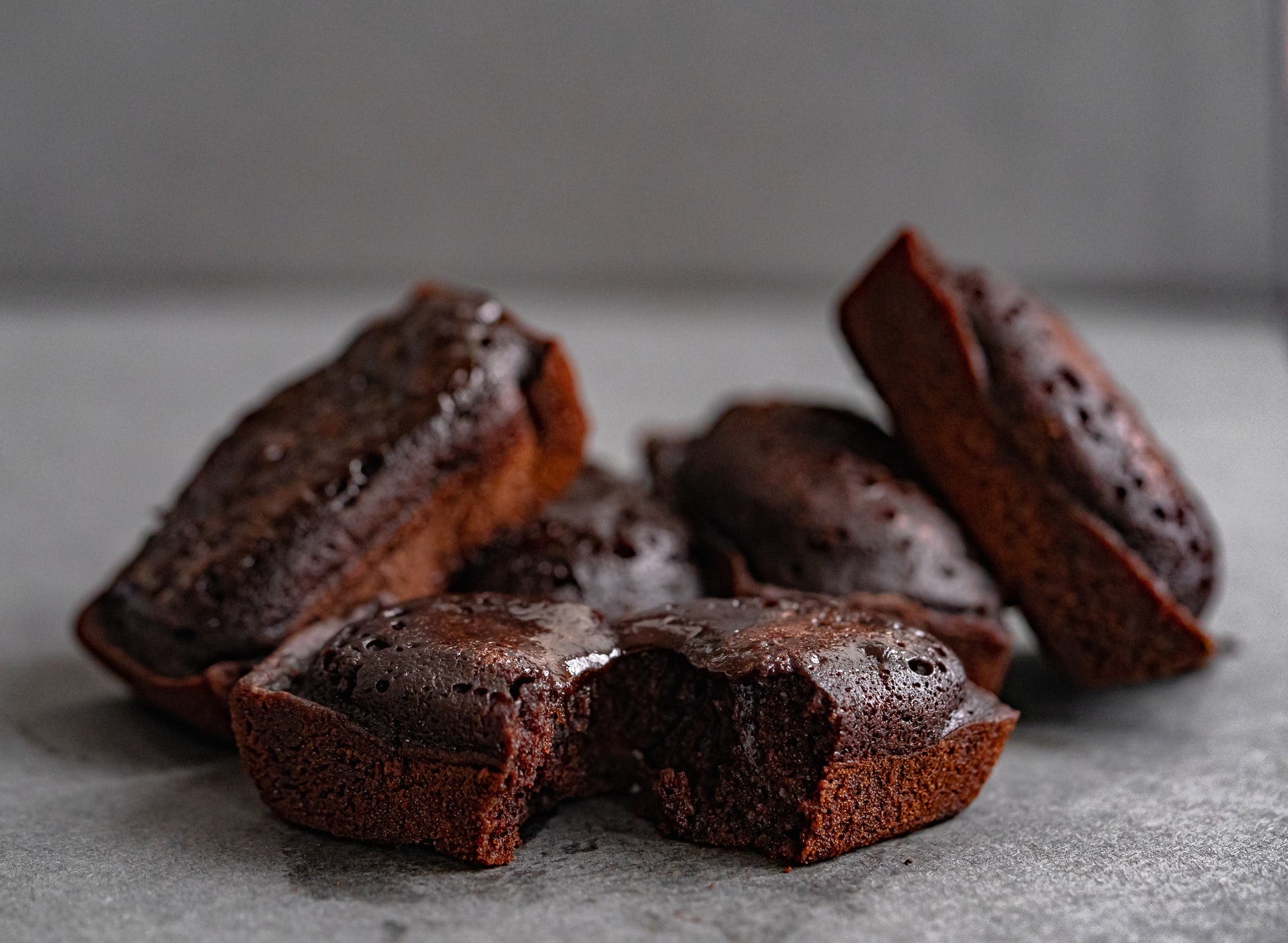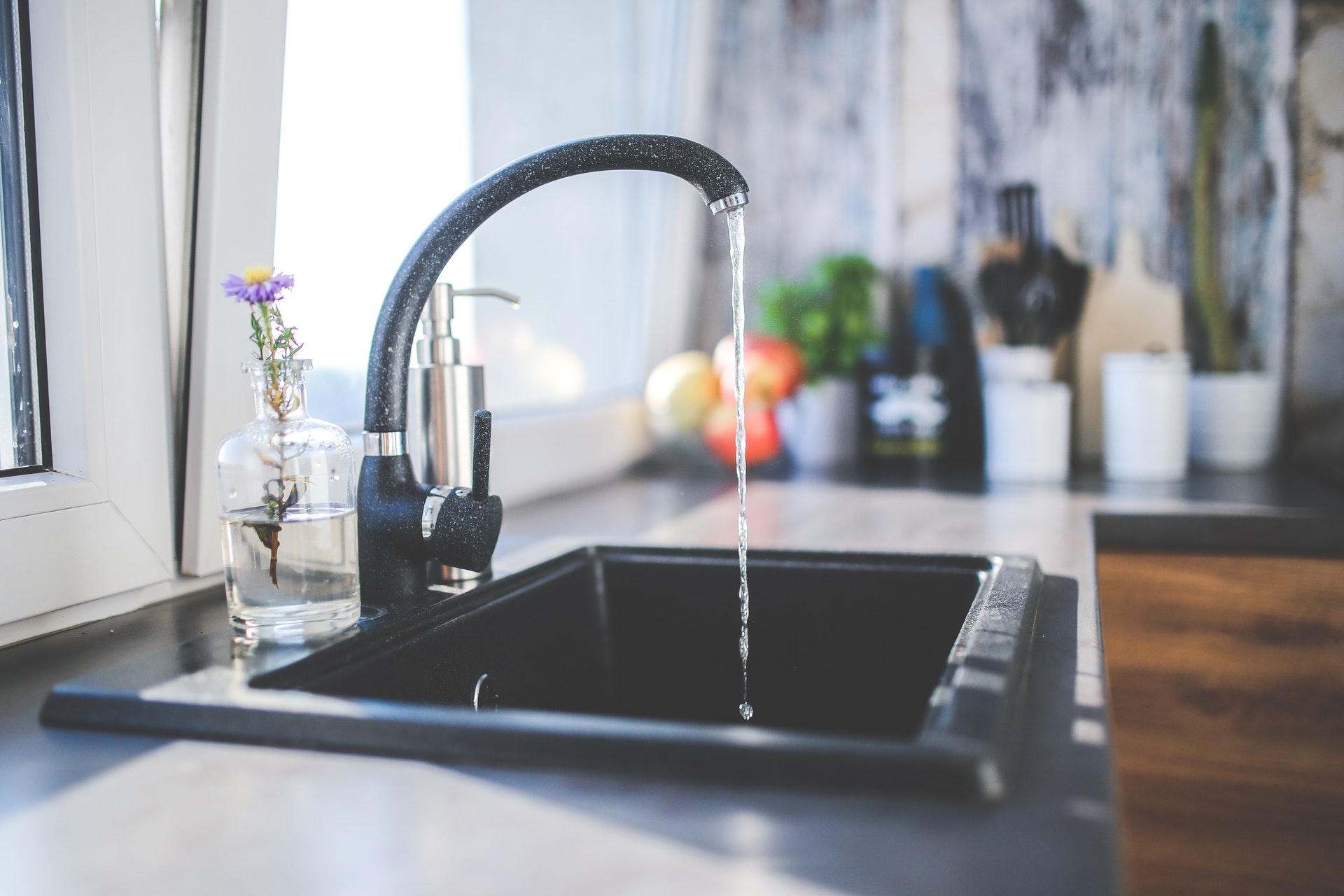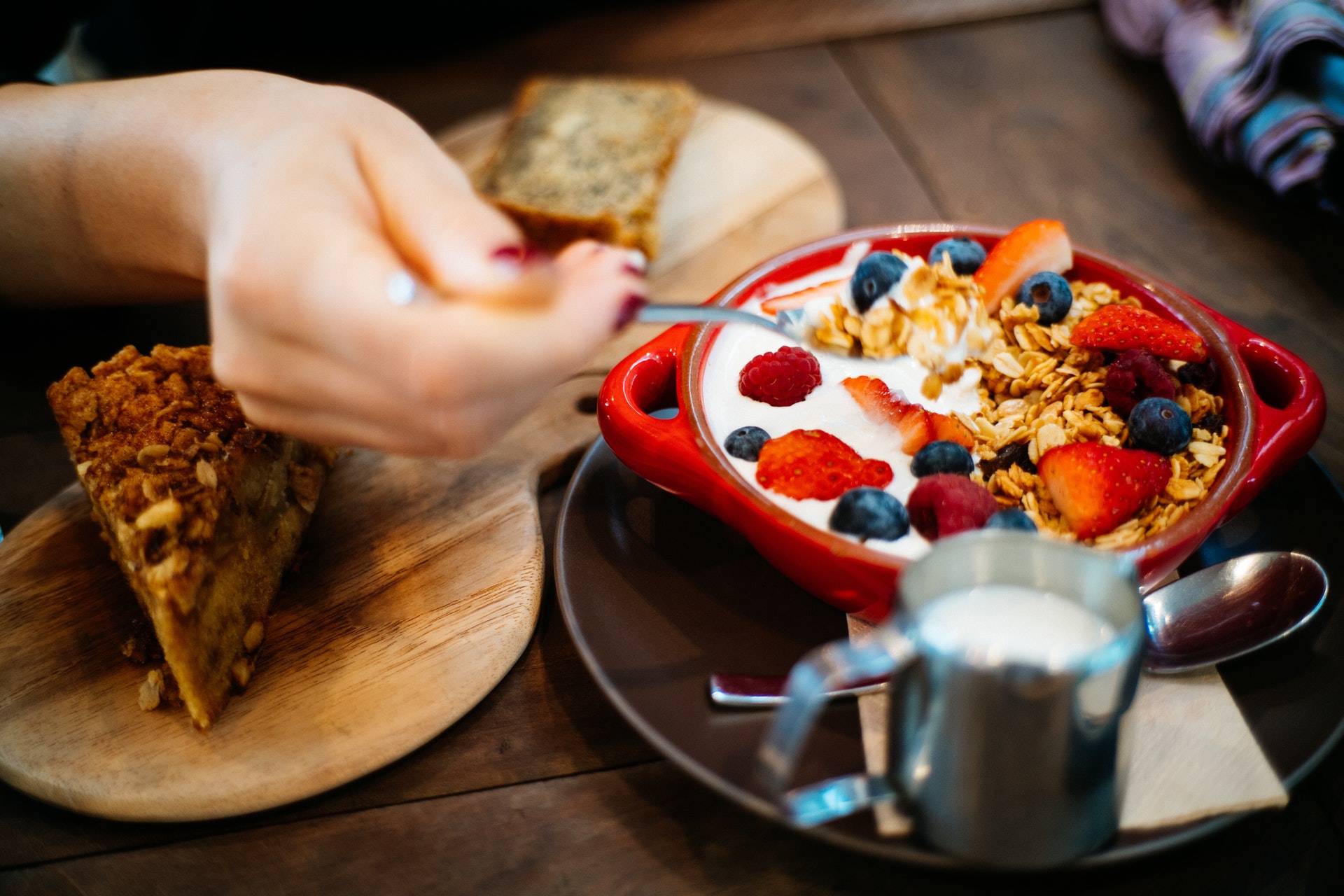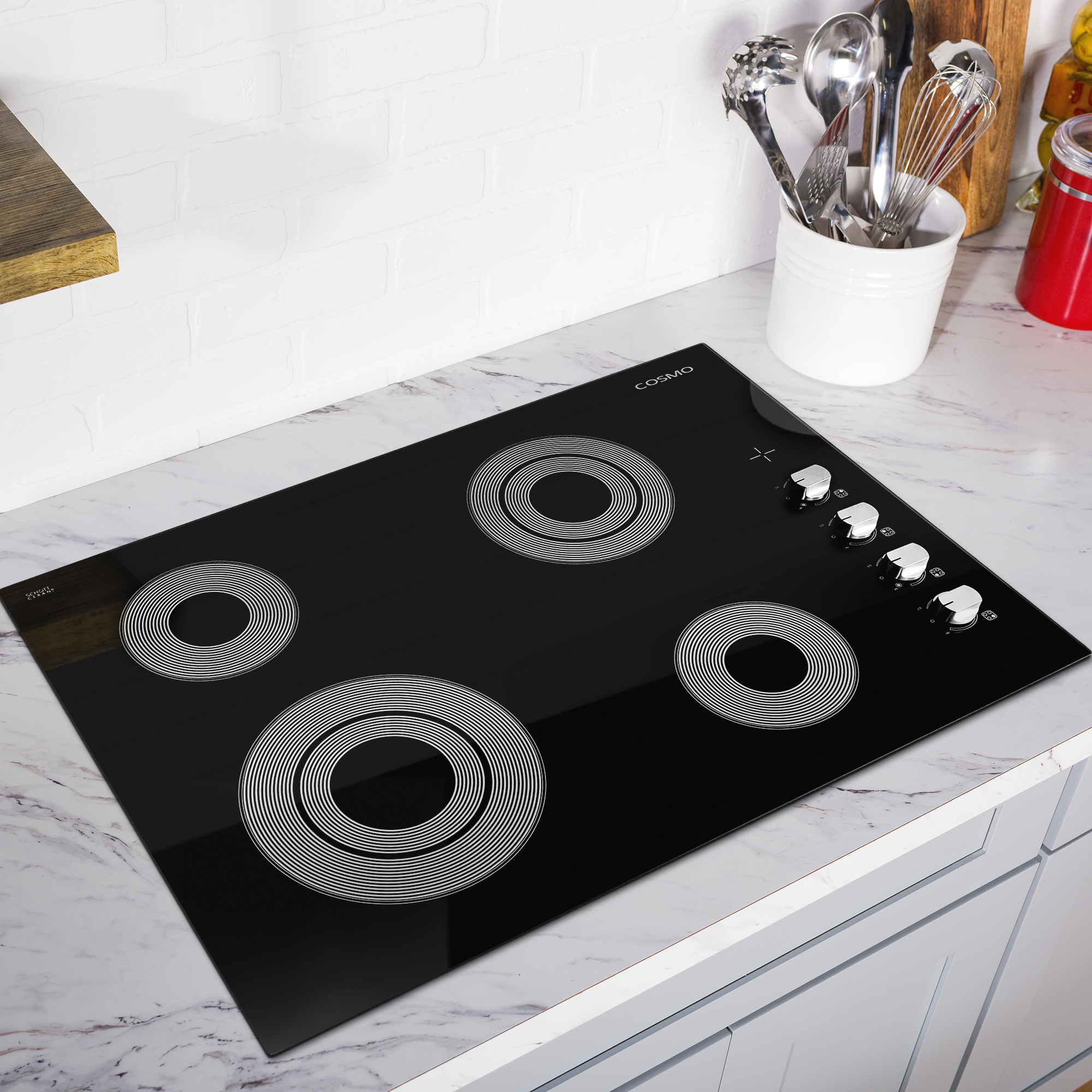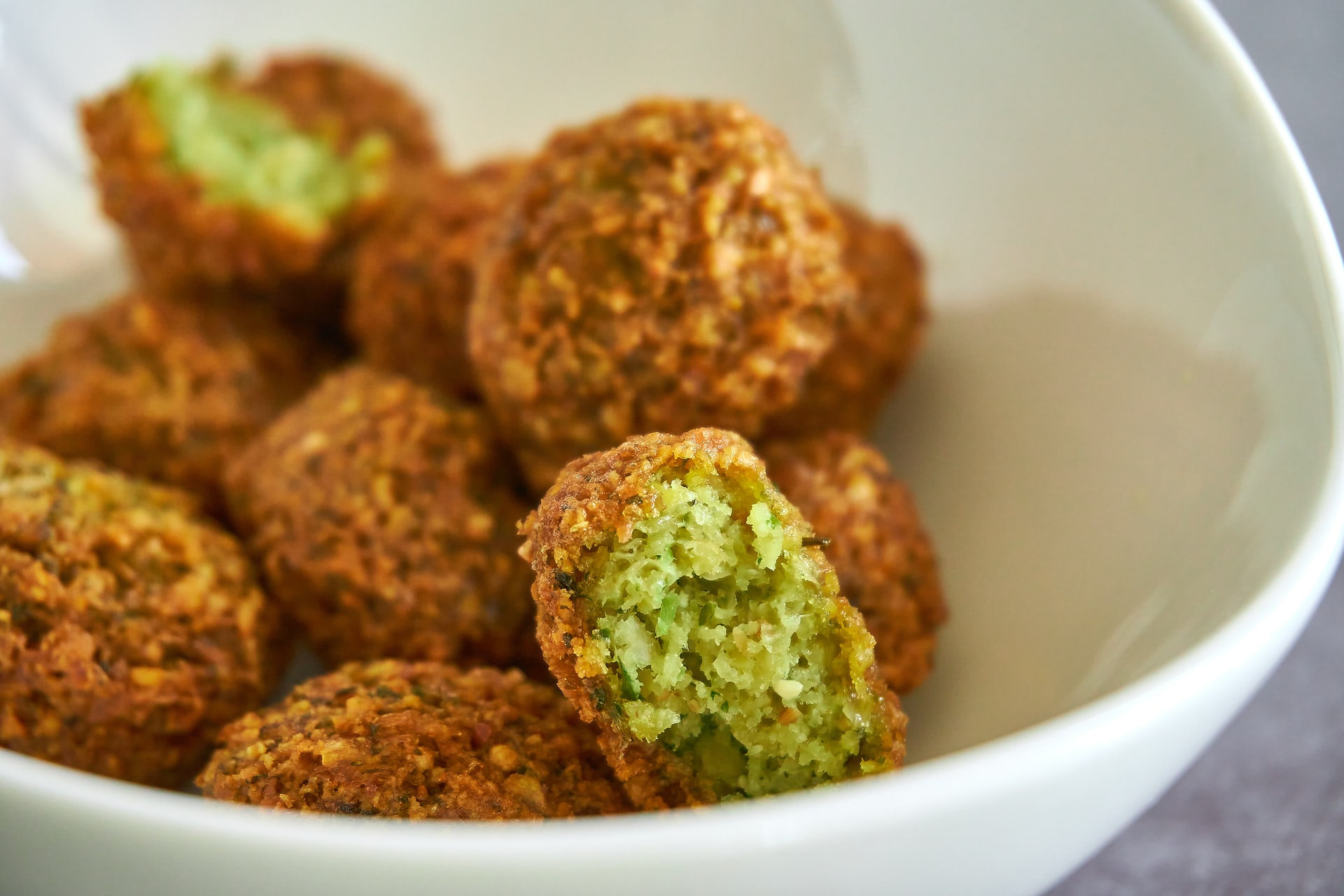6 Tips for a Cleaner Refrigerator
There’s no need to dread cleaning out your fridge. Follow with these 10 easy tips to get your appliance back in top shape. Create an all purpose cleaner by combining 1 cup clear ammonia, ½-cup vinegar and ¼-cup baking soda into a gallon of hot water. Pour the solution into a bottle. This will act as a degreaser and prevent any mold or mildew. Wipe everything down with this solution, including your shelves and drawers. Clean out the dust from below your fridge by removing the grill and clearing out everything underneath. Check the pan of water under the unit which can contain unpleasant-smelling water. To fix odors, sprinkle vanilla extract on cotton balls and place in a shallow dish in your refrigerator. Orange extract also works. Check the insulating seam around the door for any cracks. This will help to pinpoint any leaks. You can test this by placing a flashlight inside your fridge and closing the door. Turn the lights off in the room and see if any light escapes through the seams. If your refrigerator is ever empty, place a large bottle of at least one gallon of water inside. It helps keep the refrigerator cool and running efficiently. Keep your refrigerator at 37 degrees. Looking for more ways to connect with us? Follow our Facebook and Instagram for more updates! Source: HGTV



